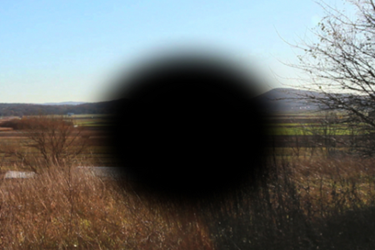New Nanosecond Laser Treatment Alleviates Macular Degeneration
By Chuck Seegert, Ph.D.

Using a new low-energy, high-speed laser, the symptoms of age-related macular degeneration were reduced. In addition to effectively treating the disease, the new laser treatment spared retinal tissue, where current laser treatments tend to damage it.
Age-related macular degeneration (AMD) is a significant cause of vision loss in aging patients. The disease affects a key portion of the retina known as the macula, a particularly sensitive area that is responsible for high detail vision at the center of the visual field. The disease is characterized by fatty deposits known as drusen, as well as a thickening of a membrane at the back of the eye.
In the past, laser treatment of AMD was accompanied by retinal damage. With a new nanosecond laser developed by a team from the University of Melbourne (UM), however, the retinal damage was eliminated, according to a recent press release from the UM Newsroom.
“These findings suggest treating people with AMD with this new nanosecond laser reduces signs of the disease,” said associate professor Erica Fletcher from the Department of Anatomy and Neuroscience at UM, in the press release. “Importantly, unlike other lasers currently used to treat eye disease, the nanosecond laser does not result in damage to the sensitive retina.”
The nanosecond laser was used to treat 50 patients with AMD who were then monitored for two years to study the effects of the laser, according to a recent study published by the team in the Journal of the Federation of American Societies for Experimental Biology. A single treatment with the laser led to reduced drusen loads at the end of the 2 years, and the retinal structure was not compromised or damaged.
Another important structure called Bruch’s membrane was studied in an ApoEnull mouse model, according to the study. Using electron microscopy and quantitative polymerase chain reaction, the membrane was shown to go from a thickened structure to a much thinner one in the course of three months after treatment. This was accompanied by a limited mononuclear cell response and some discrete retinal pigment epithelium injury.
Interestingly, the study also demonstrated that treating one eye with the laser led to a positive effect on the other eye, according to the press release. This may mean that treating only a single eye will be enough to treat the disease altogether.
While arresting the advance of AMD is a critical treatment approach, researchers are also actively searching for ways to reconstruct the retina after it has been more severely damaged. Recently, an artificial retina was designed that may prove useful in this area.
Image Credit: The Melbourne Newsroom, www.silaser.com
